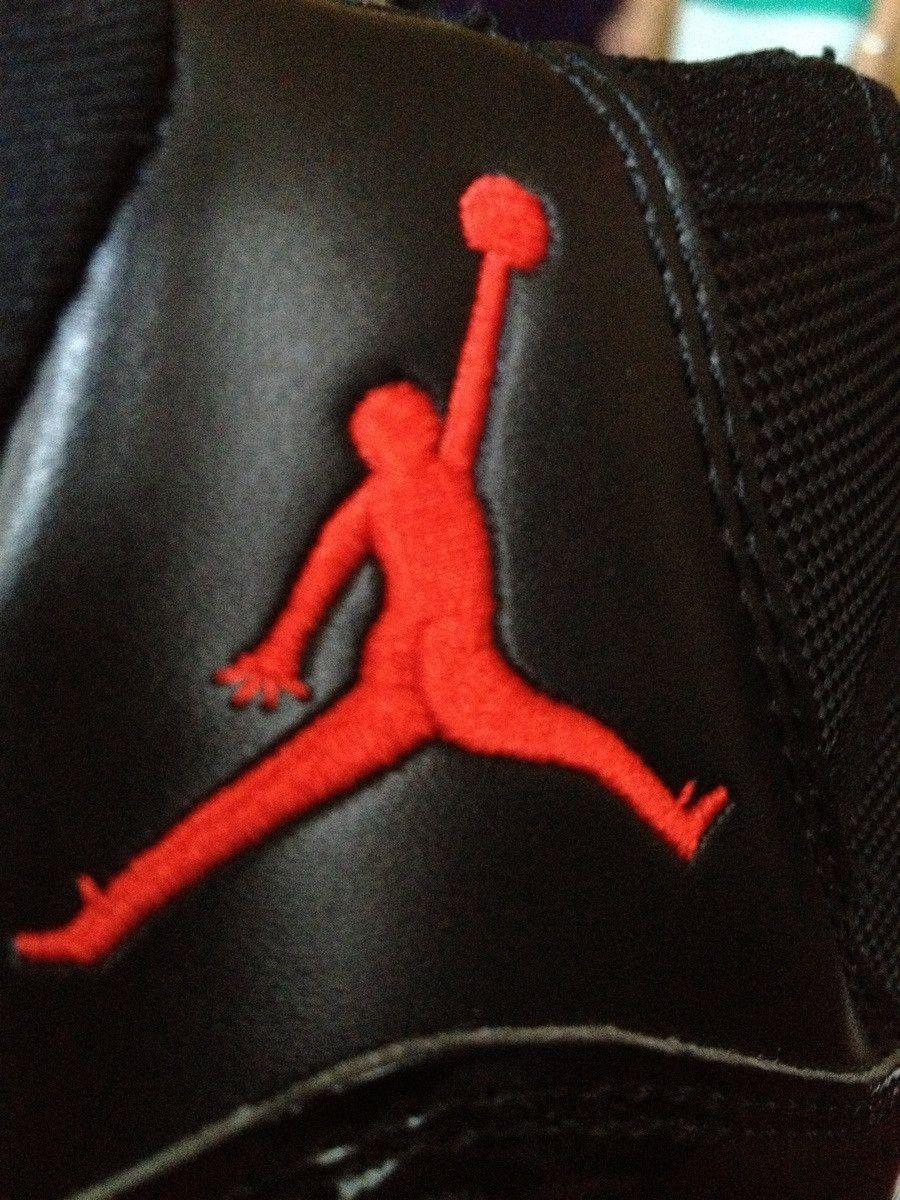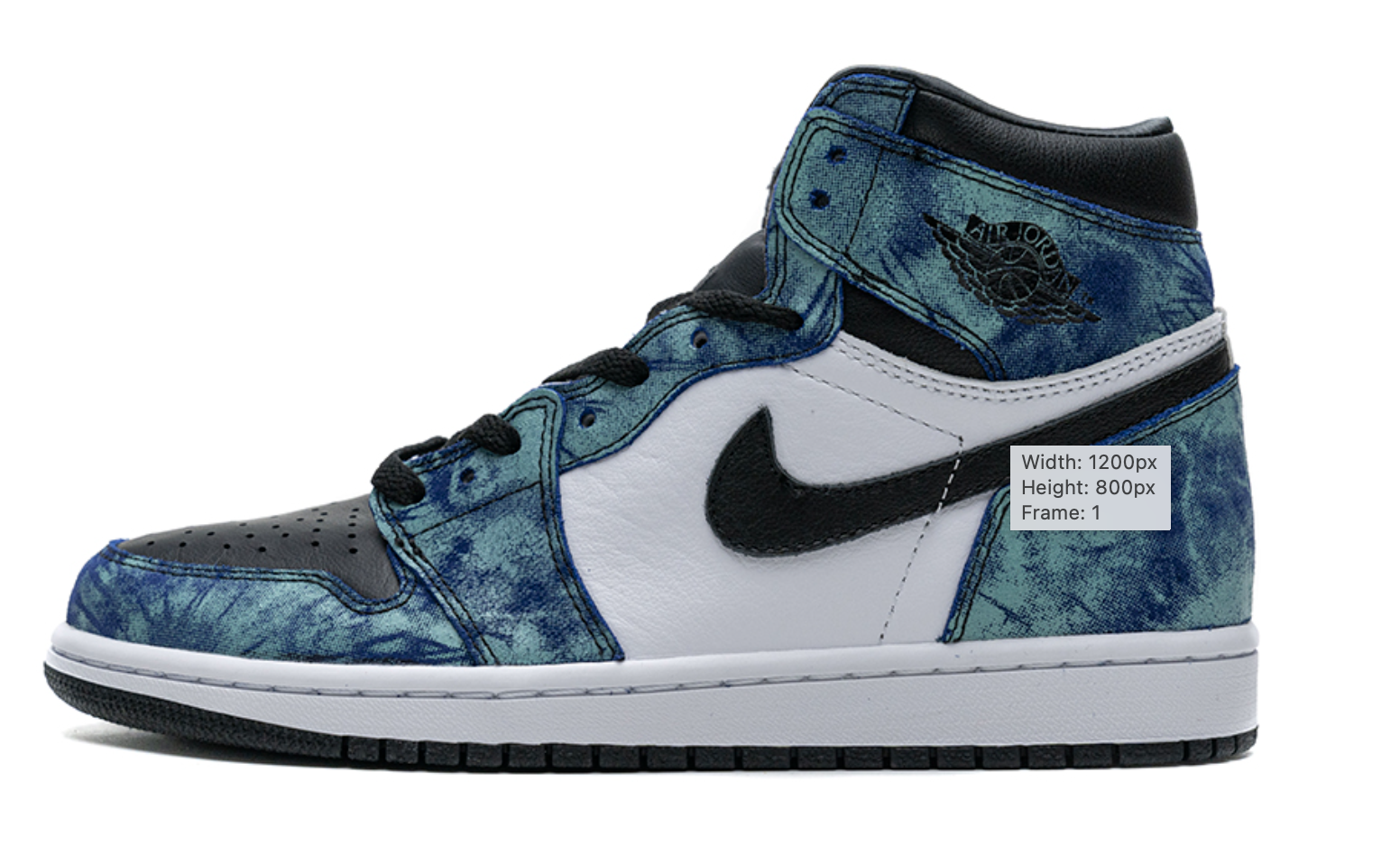Let’s get real for a second, folks. If you’ve been scrolling through social media or lurking in sneaker communities, you’ve probably stumbled upon the buzz around fake Air Jordans with butt cracks. Yeah, butt cracks! Who would’ve thought that counterfeit sneakers could become such a hot topic? But here we are, diving deep into the world of knockoffs and exploring why these bootleg gems have captured everyone’s attention. So grab your favorite drink, sit back, and let’s uncover the truth behind this sneaker phenomenon.
Now, before we dive headfirst into the nitty-gritty of fake Air Jordans with butt cracks, let’s address the elephant—or should I say the butt crack—in the room. Counterfeit sneakers aren’t exactly a new thing. They’ve been around for decades, catering to sneakerheads who want the look without the hefty price tag. But what makes these specific fakes stand out? Well, buckle up because it’s about to get wild.
For those unfamiliar with the term, a “butt crack” refers to a visible seam or crease on the back of the shoe, usually near the ankle area. And while it might sound like an accident or a defect, these cracks have become a badge of honor for some counterfeit enthusiasts. Intrigued yet? Let’s keep the conversation rolling and break it down piece by piece.
Read also:Perro Con Balon De Gas The Unlikely Hero Of Urban Streets
Table of Contents
- The History of Fake Air Jordans
- What Makes Butt Crack Sneakers Unique?
- The Counterfeit Sneaker Market
- How to Identify Fake Air Jordans
- The Subculture Around Counterfeit Sneakers
- Stats and Data on the Counterfeit Industry
- The Legality of Buying Fake Sneakers
- The Impact on Authentic Brands
- Tips for Buying Fake Air Jordans
- Conclusion: Should You Embrace the Crack?
The History of Fake Air Jordans
Counterfeit sneakers have been around since the 1980s, but their popularity skyrocketed with the rise of Air Jordans. Back in the day, getting your hands on a pair of authentic Jordans was like winning the lottery. High demand and limited supply created the perfect storm for counterfeiters to step in and offer affordable alternatives. But let’s not kid ourselves—these early fakes weren’t exactly top-notch. They were clunky, poorly made, and often left buyers feeling scammed.
Fast forward to today, and the counterfeit game has evolved dramatically. Modern knockoffs are so convincing that even seasoned sneakerheads can struggle to tell the difference. The fake Air Jordan with butt crack is just one example of how far counterfeiters have come. But why do people still buy them, even when they know they’re not the real deal? That’s a question we’ll tackle later, but for now, let’s focus on the history.
Why Air Jordans Became the Target
Air Jordans have always been the holy grail of sneakers. Their iconic design, association with Michael Jordan, and limited releases make them a collector’s dream. Counterfeiters quickly realized that replicating Jordans would bring in big bucks. And honestly, who could blame them? With prices ranging from $150 to over $1,000 for rare models, the profit margin is hard to ignore.
What Makes Butt Crack Sneakers Unique?
So, what’s the deal with the butt crack? Well, it all comes down to craftsmanship—or lack thereof. When counterfeiters rush to produce large quantities of fake sneakers, they often cut corners. This results in noticeable imperfections, like the infamous butt crack. But here’s the twist: some buyers actually prefer these flaws because they add character to the shoe. It’s like owning a piece of history, albeit a bootleg one.
Let’s break it down further:
- Authenticity Paradox: While the sneakers themselves aren’t real, the imperfections make them feel more “authentic” in a strange way.
- Community Appeal: Owning a pair with a butt crack can be a conversation starter among sneaker enthusiasts.
- Aesthetic Charm: Believe it or not, some people find the cracks aesthetically pleasing. Go figure!
Are Butt Crack Sneakers Worth It?
That depends on your perspective. If you’re looking for a bargain and don’t mind rocking a pair of fakes, then sure, why not? But if you’re a purist who values authenticity, these sneakers might not be your cup of tea. Either way, the demand for butt crack sneakers continues to grow, proving that beauty really is in the eye of the beholder.
Read also:Lynn Stacey Fort Worth The Rising Star In The Heart Of Texas
The Counterfeit Sneaker Market
The counterfeit sneaker market is a multi-billion-dollar industry, and it’s only getting bigger. According to a report by the International Chamber of Commerce, counterfeit goods could reach a staggering $1.82 trillion by 2025. Sneakers alone account for a significant portion of this market, with Air Jordans leading the pack.
But where are these sneakers coming from? Most counterfeit operations are based in Asia, particularly in countries like China and Vietnam. These regions have the infrastructure and workforce needed to produce high volumes of knockoffs at low costs. And with the rise of e-commerce platforms, counterfeiters now have direct access to global markets.
How Technology is Changing the Game
Advancements in technology have made it easier for counterfeiters to create realistic replicas. 3D printing, advanced materials, and digital design tools allow them to mimic the look and feel of authentic sneakers almost perfectly. This has raised concerns among brands and consumers alike, as distinguishing between real and fake becomes increasingly challenging.
How to Identify Fake Air Jordans
So, you’ve found a pair of Air Jordans that seems too good to be true. How do you know if they’re legit or just another butt crack disaster? Here are a few tips:
- Check the Price: If it’s way below retail, chances are it’s fake.
- Inspect the Packaging: Authentic Jordans come with high-quality boxes and tags. Knockoffs often skimp on these details.
- Look for Imperfections: Butt cracks, uneven stitching, and mismatched colors are red flags.
- Verify the Seller: Stick to trusted retailers or authorized dealers to avoid getting scammed.
Remember, doing your homework can save you a lot of headaches down the line. If you’re not sure, consult a sneaker expert or use online resources to verify the authenticity of your purchase.
The Subculture Around Counterfeit Sneakers
Believe it or not, there’s an entire subculture built around counterfeit sneakers. These enthusiasts embrace the imperfections and see them as a form of rebellion against the mainstream sneaker market. They even have their own slang, like “bootlegs,” “replicates,” and—you guessed it—“butt cracks.”
Some members of this community argue that counterfeit sneakers democratize fashion by making high-end designs accessible to everyone. Others view them as a form of self-expression, allowing individuals to create their own unique styles. Whatever the reason, it’s clear that the counterfeit sneaker scene is here to stay.
Famous Faces in the Counterfeit Game
Surprisingly, even celebrities have been spotted wearing counterfeit sneakers. While some claim it’s a fashion statement, others believe it’s simply a matter of convenience. Either way, seeing big names rock fake kicks has only fueled the popularity of the trend.
Stats and Data on the Counterfeit Industry
Here are some eye-opening stats about the counterfeit sneaker industry:
- Global Impact: Counterfeit goods account for approximately 3.3% of global trade.
- Consumer Behavior: 65% of consumers admit to buying counterfeit products at least once.
- Economic Losses: Brands lose billions annually due to counterfeit sales.
These numbers highlight the scale of the problem and underscore the need for better enforcement measures. But as long as demand remains high, counterfeiters will continue to find ways to thrive.
The Legality of Buying Fake Sneakers
Now, let’s talk about the elephant in the room: is it legal to buy fake sneakers? The answer isn’t as straightforward as you might think. In many countries, purchasing counterfeit goods is not illegal, but selling them is. This creates a gray area where consumers can buy fakes without fear of prosecution, while sellers risk hefty fines and even jail time.
However, there’s a moral argument to consider. By supporting counterfeit operations, you’re indirectly funding illegal activities and hurting legitimate businesses. So, before you make that purchase, ask yourself: is it worth it?
The Impact on Authentic Brands
Counterfeit sneakers don’t just hurt the bottom line of authentic brands; they also damage their reputation. When consumers buy fakes thinking they’re real, they often end up disappointed with the quality. This can lead to negative reviews and a decline in trust for the brand. Additionally, counterfeiters often replicate limited-edition releases, diluting the exclusivity that makes these sneakers so desirable.
But it’s not all bad news. Some brands are fighting back by implementing anti-counterfeiting measures, such as serial numbers, holograms, and blockchain technology. These innovations aim to make it harder for counterfeiters to produce convincing replicas.
Tips for Buying Fake Air Jordans
If you’ve decided to take the plunge and buy a pair of fake Air Jordans, here are a few tips to keep in mind:
- Do Your Research: Read reviews and check the seller’s reputation before making a purchase.
- Set a Budget: While fakes are cheaper than authentic sneakers, prices can still vary widely. Decide how much you’re willing to spend.
- Be Prepared for Imperfections: Remember, you’re buying a counterfeit. Expect some flaws, including the infamous butt crack.
Ultimately, buying fake sneakers is a personal choice. Just be aware of the potential risks and make an informed decision.
Conclusion: Should You Embrace the Crack?
Wrapping things up, the world of fake Air Jordans with butt cracks is a fascinating one. It’s a blend of rebellion, self-expression, and economic reality. While some may frown upon counterfeit sneakers, others see them as a creative outlet and a way to access high-end fashion on a budget.
Before you jump into the counterfeit game, take a moment to reflect on your values and priorities. Are you okay with supporting an industry that thrives on intellectual property theft? Or would you rather invest in authentic sneakers that contribute to the success of legitimate brands?
Whatever you decide, we’d love to hear your thoughts. Drop a comment below and let us know what you think about fake Air Jordans with butt cracks. And while you’re at it, why not check out some of our other articles on sneaker culture? There’s always more to explore in this exciting world!


